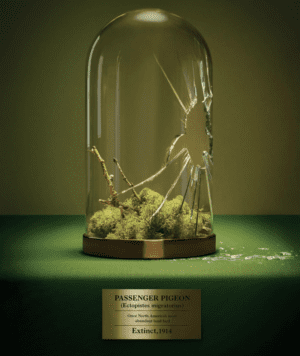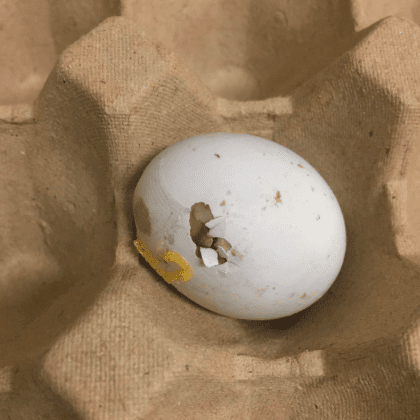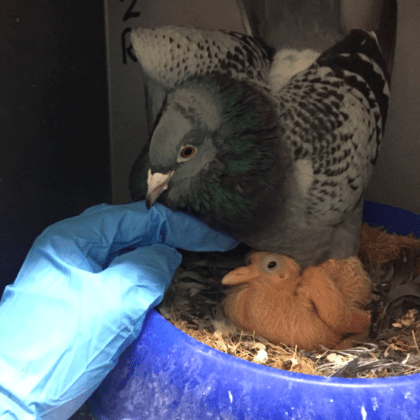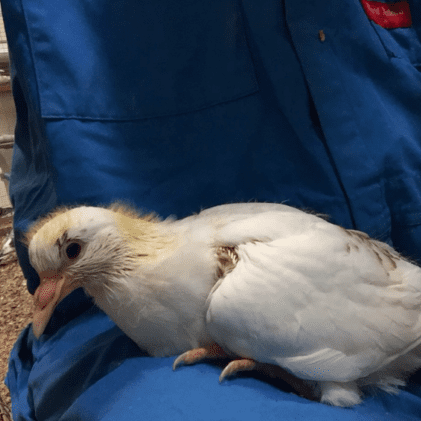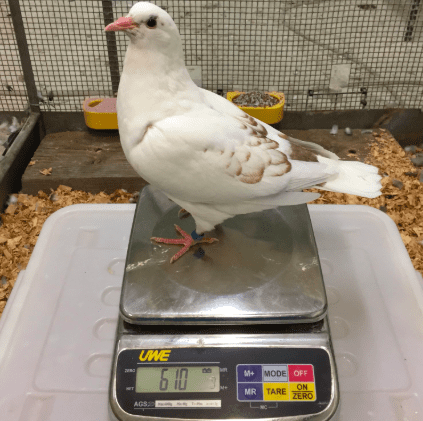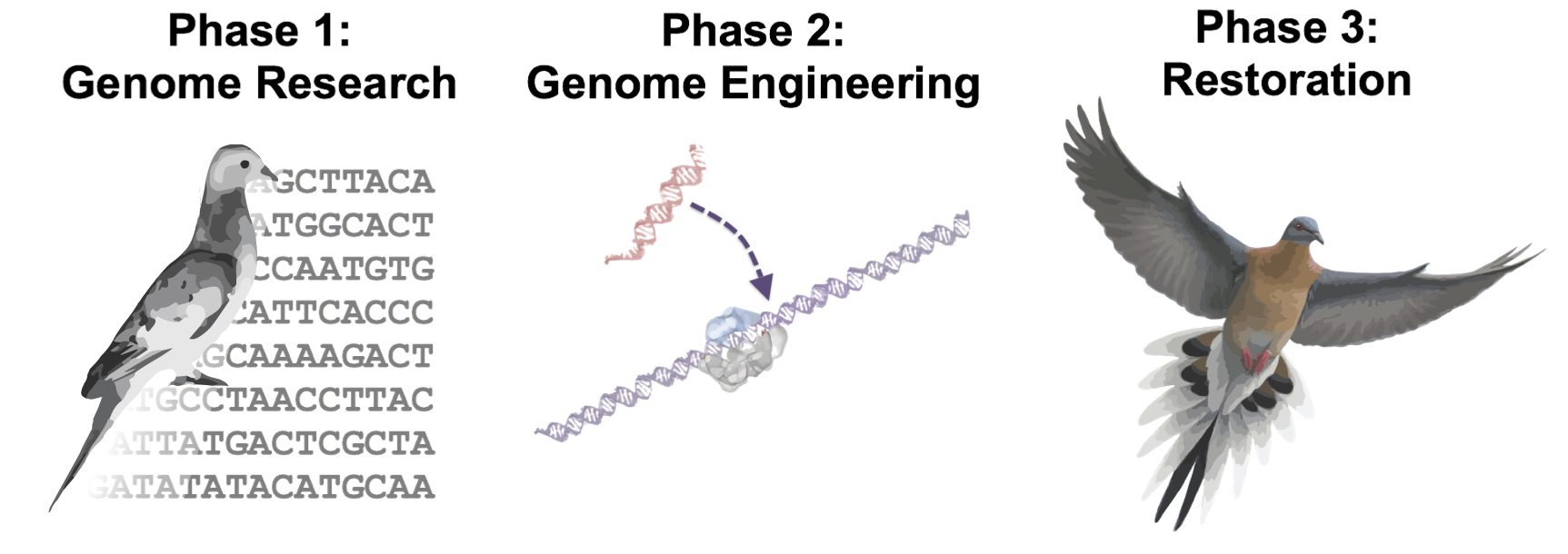The Great Passenger Pigeon Comeback set an ambitious goal to hatch the first generation of new Passenger Pigeons before 2025 and begin trial releases into the wild thereafter. We have set this goal to drive the work forward quickly and to try to restore the ecological role of the passenger pigeon in the wild within our lifetime. The project has made significant advances in our understanding of passenger pigeon evolution and ecology. It is also making it possible to do the foundational science needed for the genetic rescue of all avian species.
With the help of many partners, a series of significant milestones have been achieved for the Great Passenger Pigeon Comeback. It has fueled global dialogue on developing de-extinction as a conservation tool. Our program has been used as a case study by independent researchers in many publications. The partnerships and insights gained through this project has set the stage for rapid developments in Heath Hen de-extinction as well as other avian projects.


